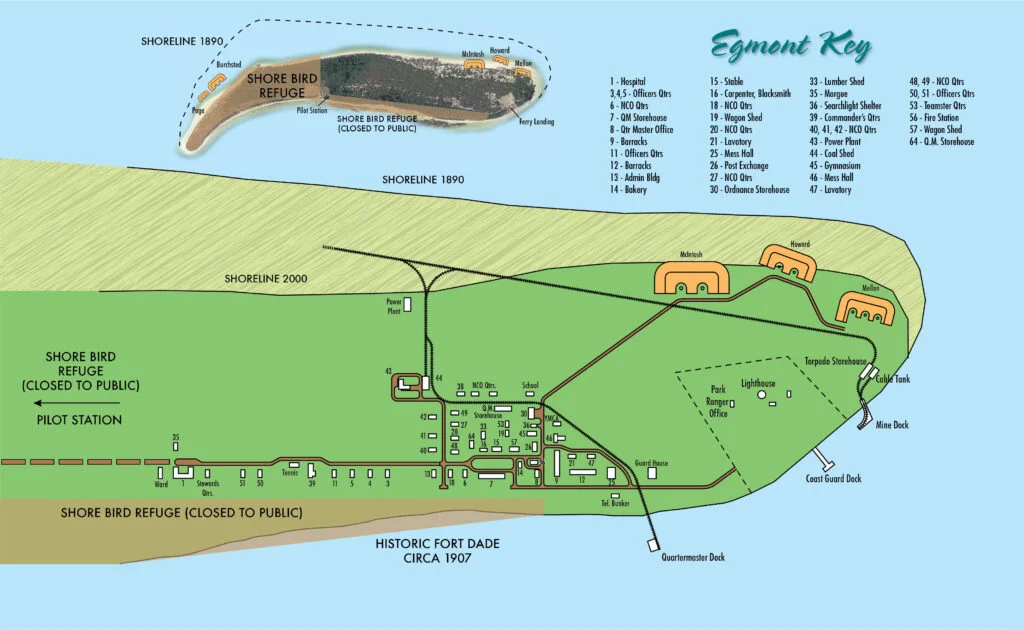Want to spend some time on a beautiful and pristine island paradise?
Quick Details:
Duration: 5 hours total | 3 hours island time | 60 mins to and from dock
Departure times: 9am, 11am Daily | 2pm trips: Tue, Thurs, Sat, Sun.
Capacity: 49 passengers, Groups larger than 4 require 1 form of payment.
Trip Type: Family Friendly (no smoking allowed on this trip)
Location: This trip is departs from the Ft De Soto Boat Ramp
Snorkeling Option: Snorkeling is sold separately on the day of your trip, and not always guaranteed. Snorkeling is dependent upon water clarity, strong winds/ currents, and predator fish/jelly fish
You cannot bring alcohol, glass, pets, kites, or drones to the island because it is a wildlife preserve and these items are prohibited.
Cancellation Policy: 24 hours notice or more required.
No Call / No Shows – 100% of trip fare.
Cancellations within 24-hours – 50% of trip fare.
If you want to spend some time on a beautiful pristine island paradise, the ferry to Egmont Key State Park from Fort De Soto is a great choice for you and your family! Get ready for a day of fun in the sun with Hubbard’s Marina. Our ferry boat operates from the Fort De Soto Boat Ramp daily in the spring and summer and nearly every day in the fall and winter (check the schedule for exact times and days of availability). The ferry ride to the island offers great chances to spot dolphins, sea turtles, and sometimes even manatees! We often spot sea birds on the ride to and from Egmont Key Island aboard the Hubbard’s Ferry, our big blue boat.
Egmont Key is also home to a large nature preserve – nearly half of the island is blocked to guests, allowing the native seabirds and sea turtles a section of undisturbed beach. This nature preserve area is home to tons of nesting birds and nesting turtles and we cruise around this area by boat when you take the snorkeling cruise option.
If you’d like to take a ferry ride to Egmont Key with us, pack like you’re spending the day at the beach! Bring sunscreen, towels, bathing suits, sun protective hats, shirts and other gear. Egmont Key is a pristine island, so there isn’t a bathroom or any type of shop on the island so make sure to come prepared with a cooler full of water, food and drinks.
ATTENTION: Due to the multiple trips that we offer, the boat will not always be present. While the boat is docked, you will be able to use the bathroom, buy snacks, soda and water from the galley on board.
Please note:
- We HIGHLY recommend that you reserve your tickets in advance.
- Plan to arrive 60 minutes in advance for check-in and boarding.
- This trip departs from the Ft Desoto Bay Pier (click here for directions)
Ages 12+
$45
Ages 3-11
$25
Ages 2 & Under
No Charge
Parking
$5
Quick Details:
Duration: 5 hours total | 3 hours island time | 60 mins to and from dock
Departure times: 9am, 11am Daily | 2pm trips: Tue, Thurs, Sat, Sun.
Capacity: 49 passengers, Groups larger than 4 require 1 form of payment.
Trip Type: Family Friendly (no smoking allowed on this trip)
Location: This trip is departs from the Ft De Soto Boat Ramp
Snorkeling Option: Snorkeling is sold separately on the day of your trip, and not always guaranteed. Snorkeling is dependent upon water clarity, strong winds/ currents, and predator fish/jelly fish
You cannot bring alcohol, glass, pets, kites, or drones to the island because it is a wildlife preserve and these items are prohibited.
Cancellation Policy: 24 hours notice or more required.
No Call / No Shows – 100% of trip fare.
Cancellations within 24-hours – 50% of trip fare.
TOLL BOOTHS ON ROUTE TO FT DESOTO
There is a $6 fee per car, Payable by Plate with multiple kiosks available to enter Fort De Soto or the Shell Key Lot. This fee is to enter the county park and is not something we have control over. However, we wanted to make sure you were aware of this fee. Also, depending on your route to the park there will be at least one small toll to pay on your way into the park and a total of two tolls if you come from the beaches area. However, the total of the tolls is less than $3 and is payable by Sunpass or Toll-By-Plate. For more information or to plan your trip via tolls, click here: https://www.sunpass.com/en/tolls/tollsSunPass.shtml
Explore Egmont Key
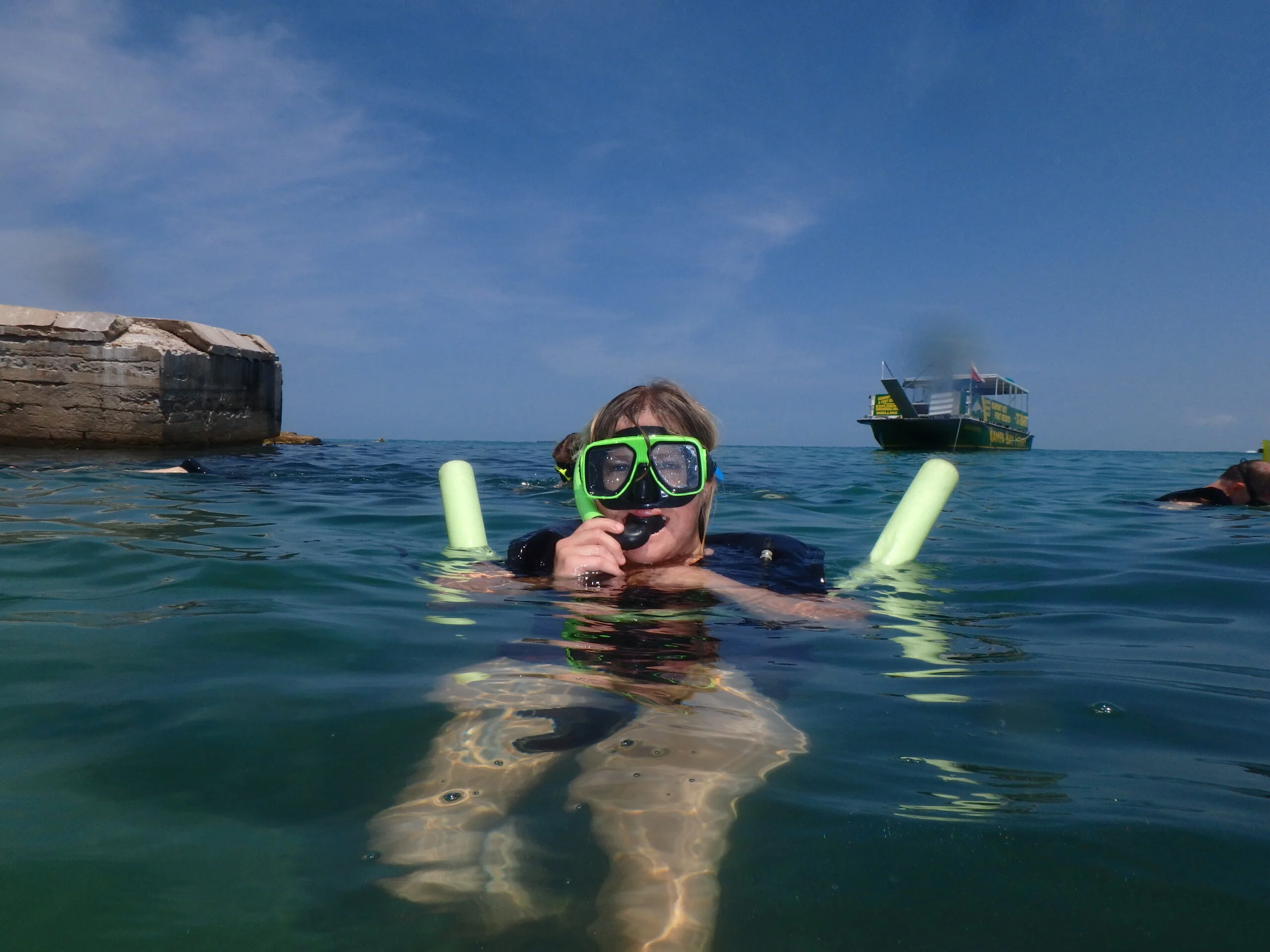
Snorkeling
Snorkeling is another option while out on Egmont Key Island with us at Hubbard’s Marina. We snorkel the sunken ruins of fort Dade, or the grass flat beds depending the weather and conditions at the island. If you need to rent snorkeling gear (Mask, snorkel and fins) we do have equipment available.
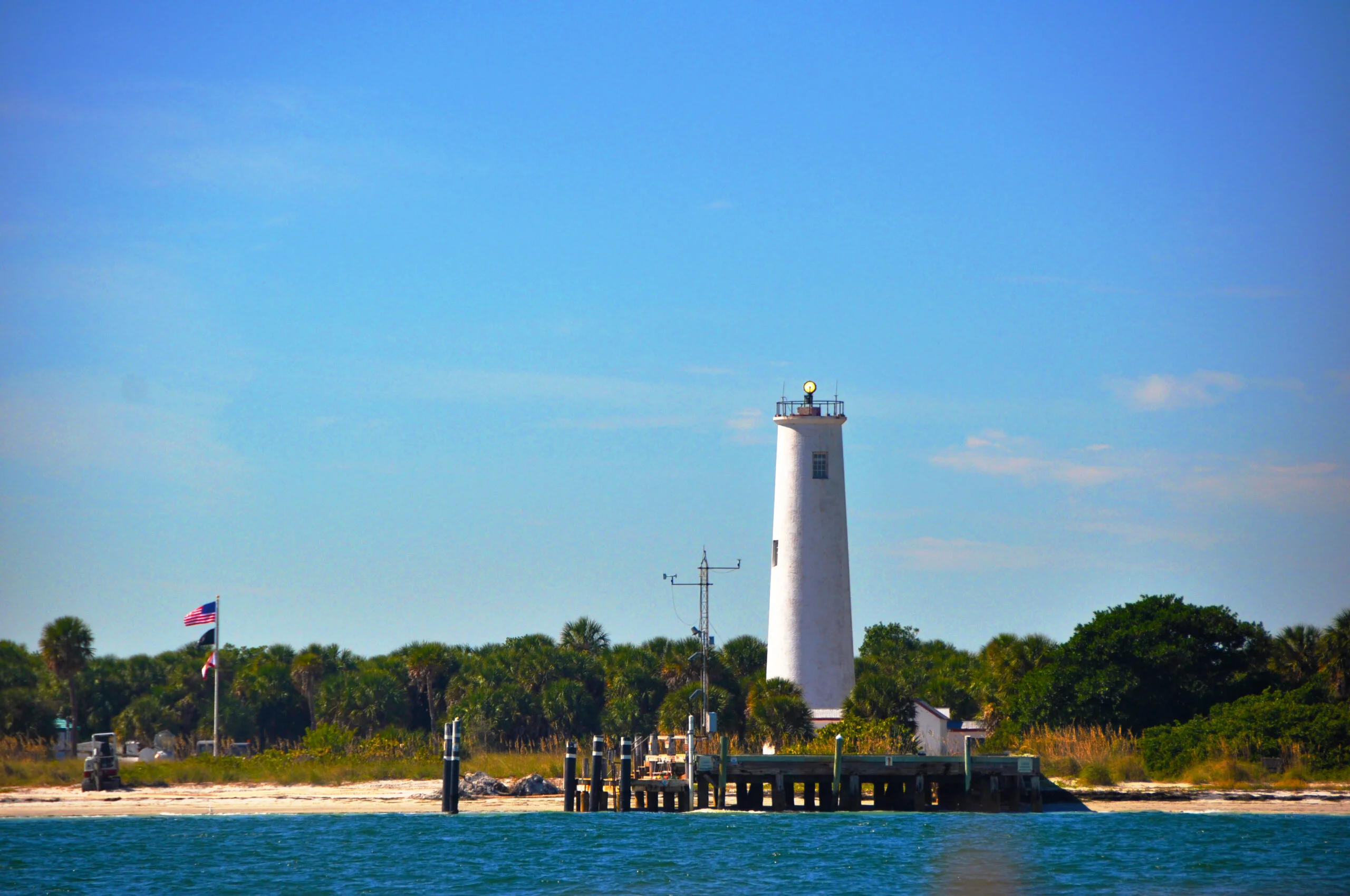
Light House
Egmont Key has a fully operational lighthouse that has been helping ships navigate the waters of Tampa Bay since the 1800’s. Although the Lighthouse is in service, the tower is unfortunately closed to the public. However, if you see the ranger on the island, they will tell you all about it!
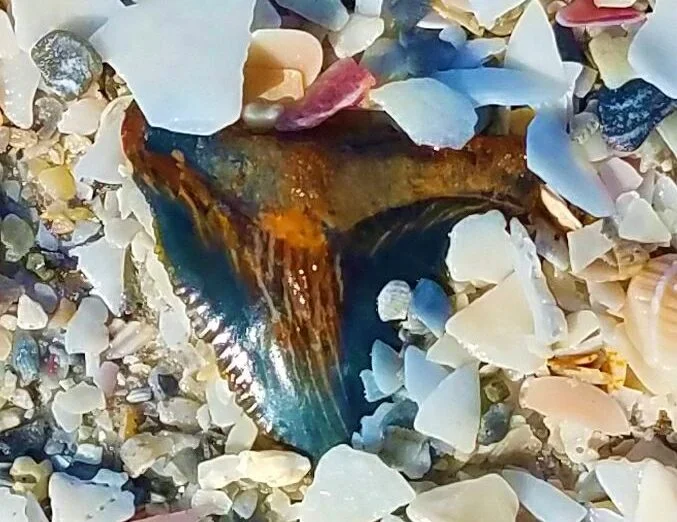
Shelling
Spend the day looking for the perfect seashell on the pristine white sand beaches surrounding the island or search for Megalodon Teeth peppered around as well. You can also find them while swimming or snorkeling, just remember to please leave any living shells on the island!
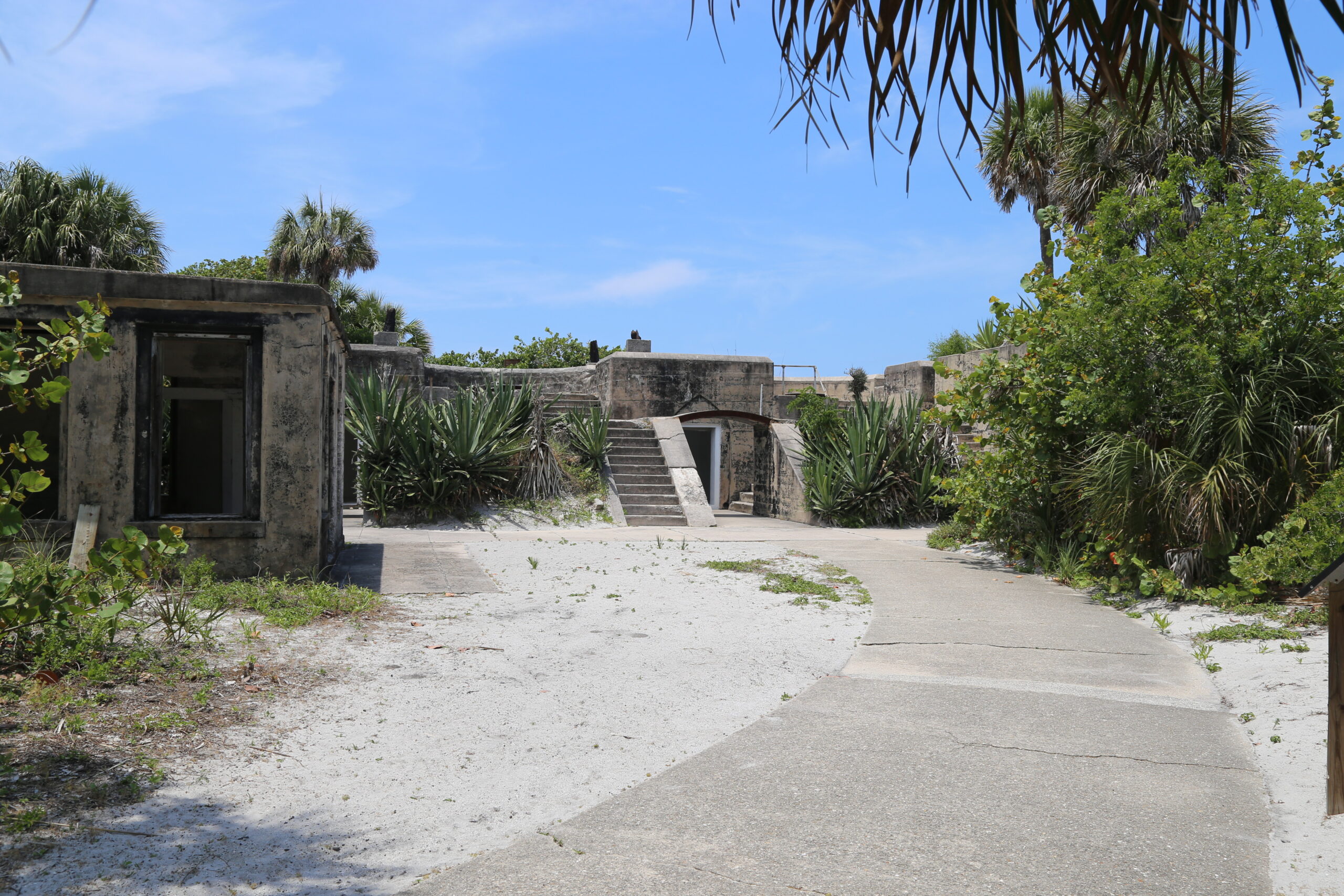
Fort Dade
Egmont Key is also home to historic Fort Dade, built in 1898 and served during the Spanish American War. Although it never saw any battles it was occupied as a military reservation protecting the inlet of Tampa Bay until 1923. There is also a sunken battlement that you can snorkel as well!
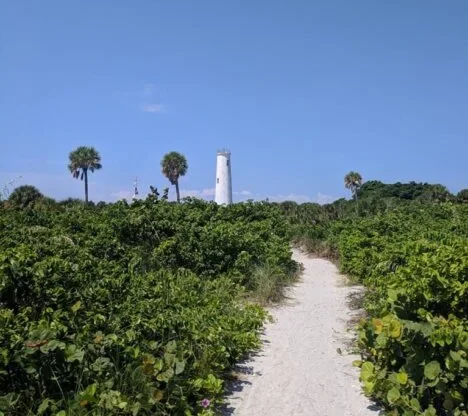
Nature Trails
Egmont key has plenty of nature trails to adventure down, explore the old town center still lined by a brick road. Hook a left then a right and your at the fort or turn around and find the clay stoves still scattered around from the Seminole Indians.

Wildlife
Since the island is only accessible by boat, and since becoming a Florida State Park and National Nature Preserve in 1974, the island has become home to plenty of local wildlife and migratory birds. Most notable residents are the Gopher Tortoises.

